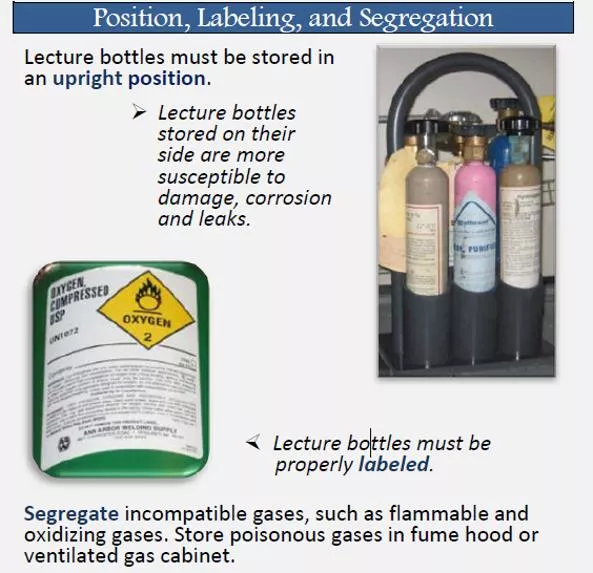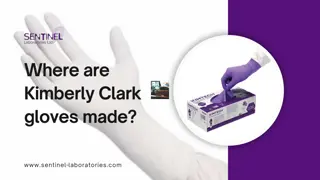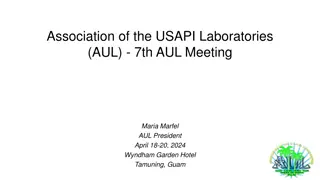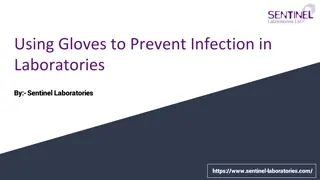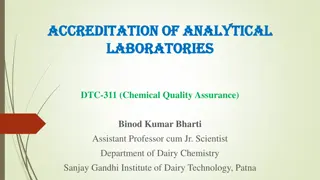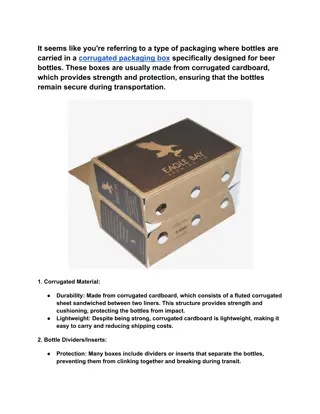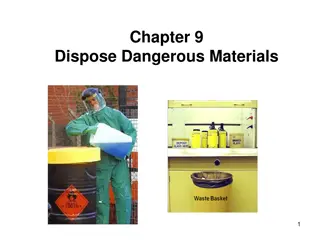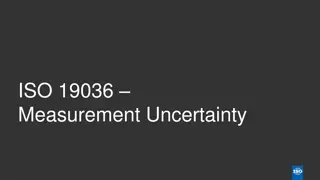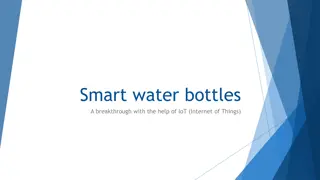Proper Handling and Storage of Lecture Bottles in Laboratories
Lecture bottles are small compressed gas cylinders used in laboratories for hazardous or expensive gases. They need to be stored upright, with regulators removed and caps secured. It is crucial to properly label and store lecture bottles to prevent gas mixing and ensure safety in the lab environment. Follow guidelines for disposal and safety measures to handle lecture bottles effectively.
Download Presentation

Please find below an Image/Link to download the presentation.
The content on the website is provided AS IS for your information and personal use only. It may not be sold, licensed, or shared on other websites without obtaining consent from the author. Download presentation by click this link. If you encounter any issues during the download, it is possible that the publisher has removed the file from their server.
E N D
Presentation Transcript
Safety Moment LECTURE BOTTLE SAFETY
What are lecture bottles? Lecture bottles are small compressed gas cylinders, typically 2-3 in in diameter. They are non-refillable and purchased outright from the vendor. Lecture bottles are the University's responsibility to properly dispose. They are useful when particularly hazardous gasses (health hazard 3-4) or expensive analytical standards are needed. Common lecture bottle gasses: 1,3-butadiene, acetylene, low boiling amines, carbon monoxide, butenes, hydrogen halides and dihalide gasses.
How are they stored? Regulators must be removed during storage and the cap must be secured on the cylinder. Must be stored upright. Acid cylinders have a short shelf life due to corrosion, the worst of these acids being HF which must be disposed of within 2 years.
How are they used? Properly secure upright in a fume hood. Lecture bottles typically use universal threads and valves so labeling to prevent gas mixing is crucial. A regulator of a corrosive gas should be purged in the hood so residual gas is expelled. The regulator can be flushed with dry N2gas for 30 minutes before storage. https://ehs.ucr.edu/hazardousmaterials/lecture%20bottles%20fact%20sheet.pdf
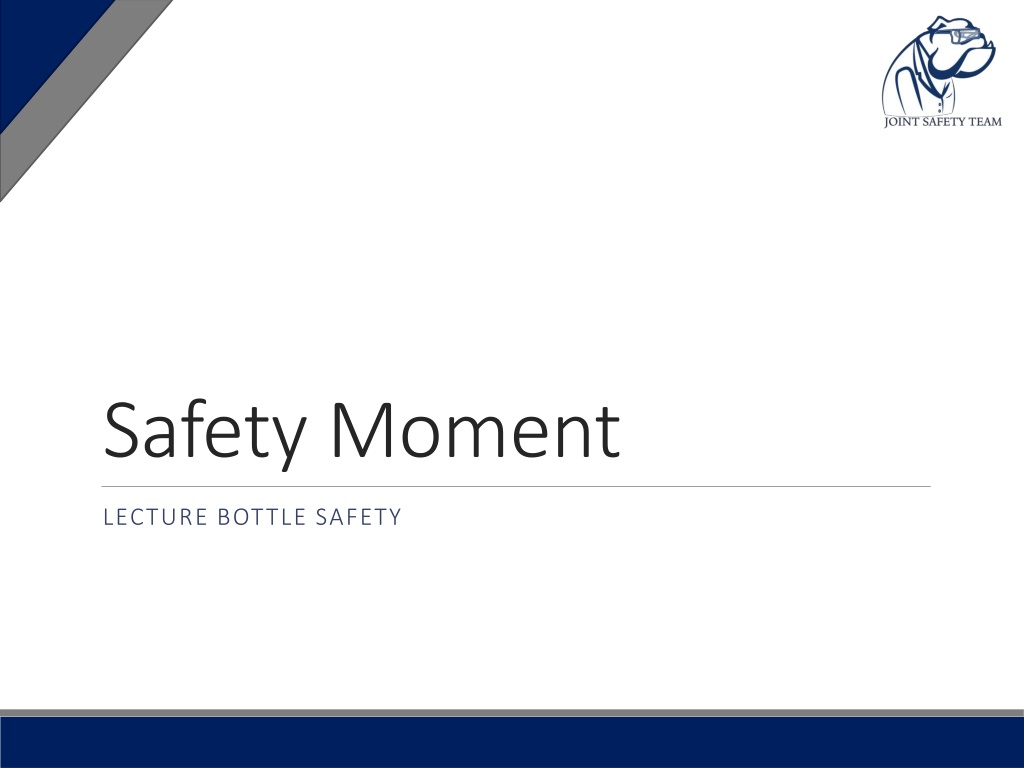
 undefined
undefined









